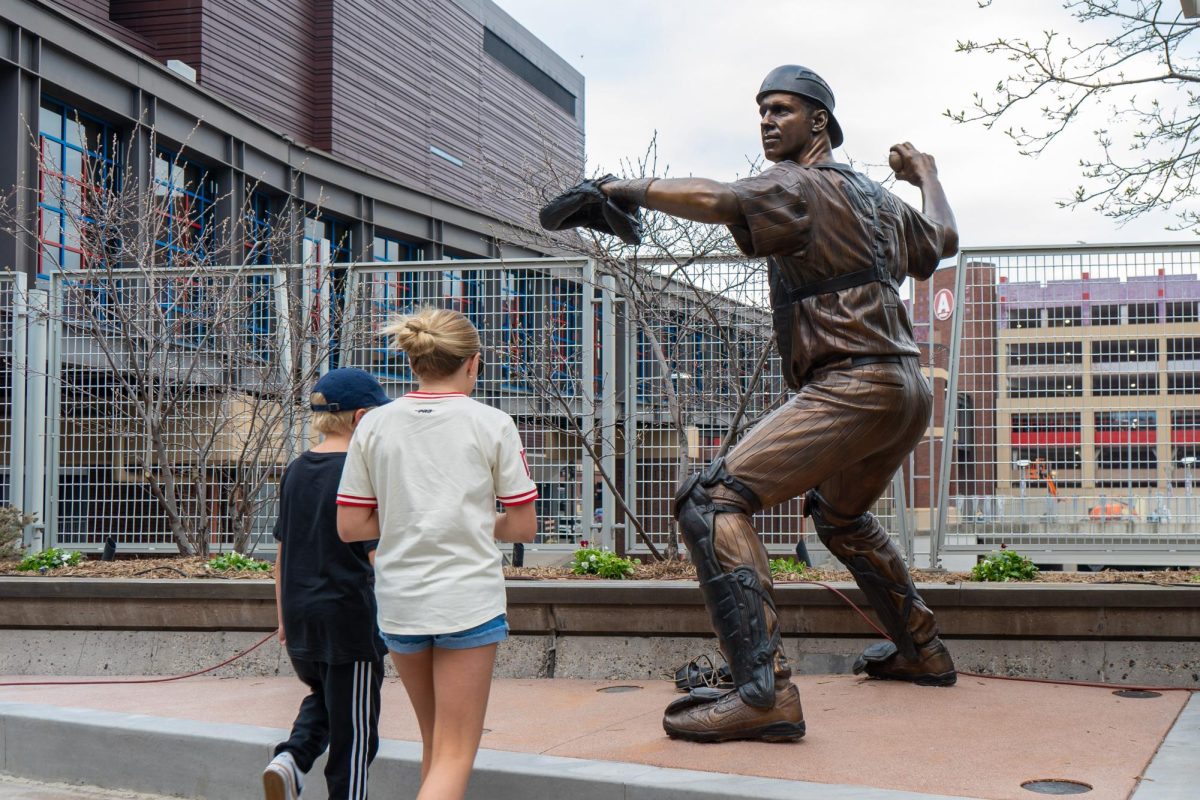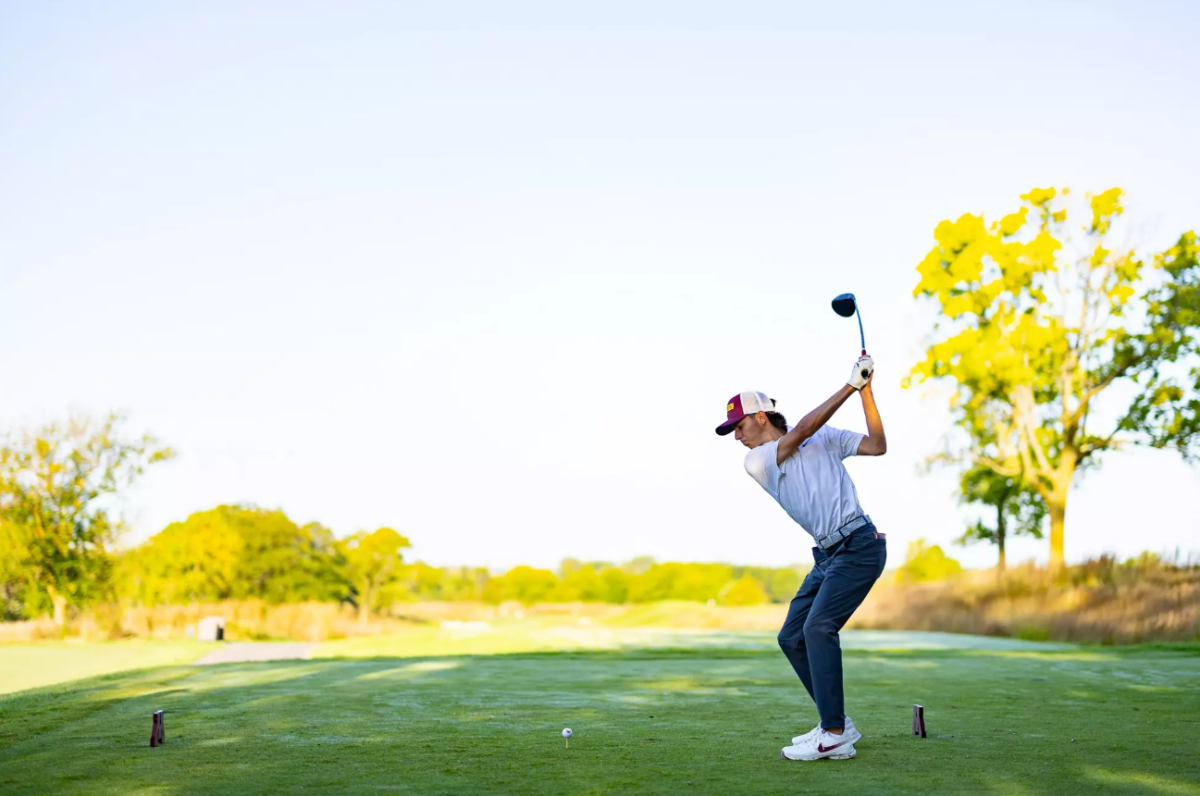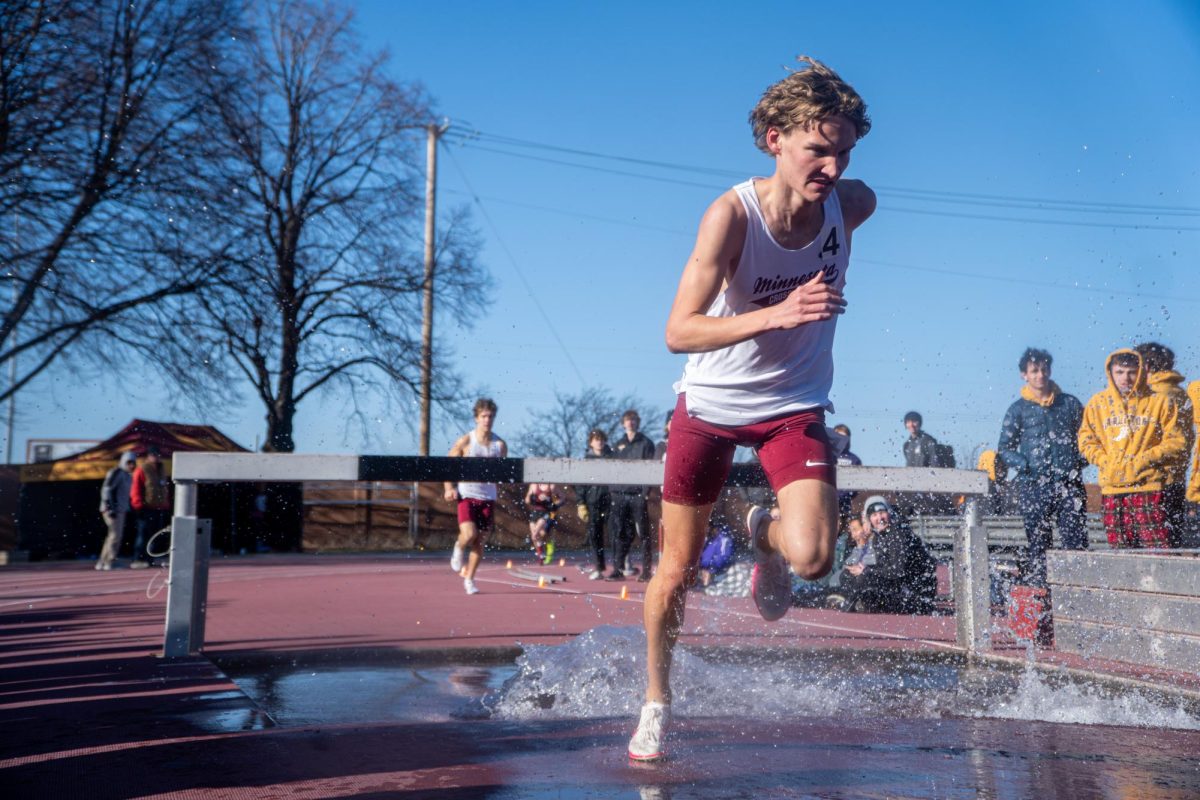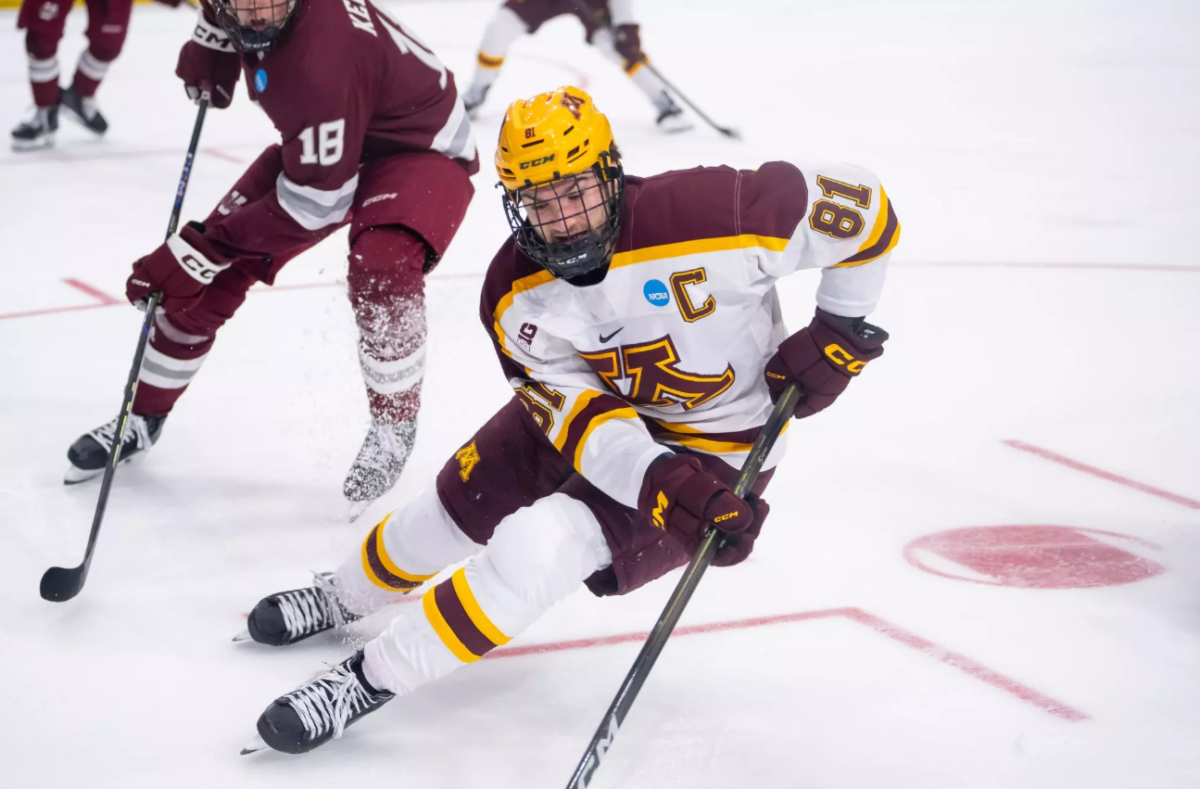Word of the tragic shooting death of Minnesota defensive tackle Brandon Hall spread quickly through the fraternity of Big Ten coaches over the weekend. For some, the news rekindled old memories and feelings that coach Glen Mason and the Gophers’ players are experiencing now.
Michigan coach Lloyd Carr knows all too well about receiving a call regarding one of his players being shot.
In May, two Wolverines ñ Markus Curry and Carl Diggs ñ were both shot during a post party incident. Diggs was treated for a minor bullet would while a bullet remains lodged between two of Curry’s vertebrae in his back.
“Unfortunately, it’s the society we live in,” Carr said. “In the years past conflicts were maybe settled with fist fights. Unfortunately we live in a day and age where guns are common out there. It’s a fact of life.”
Two other Big Ten coaches have dealt with unfortunate situations and been looked upon for guidance in trying times.
Last August, Northwestern’s Rashidi Wheeler collapsed and died of exercise-induced bronchial asthma during voluntary summer workouts. His death came less than a month after Minnesota Vikings player Korey Stringer’s heat related death made national headlines.
“It’s very difficult,” Wildcats coach Randy Walker said. “You can’t minimize how dramatic it is when you’ve lost a friend, a brother.”
Walker is confident the Gophers will make it through the rough weeks ahead.
“It takes two things,” he said, “time and prayer. That’s all it comes down to. There’s no easy way.”
Two years ago this month, Penn State’s Adam Taliaferro suffered a fractured vertebra in his neck and a bruised spinal cord making a tackle. He was temporarily paralyzed and doctors feared he would never walk again.
However, in a scene that will long be remembered by college football fans, Taliaferro ñ now a student assistant with the Lions ñ led the team out on to the Beaver Stadium field last fall, skipping the majority of the way.
“You have to take it hour by hour and day by day,” Penn State coach Joe Paterno said. “With our situation, there was hope. In Minnesota, it’s so final. It’s a whole different approach. The experience is so very, very difficult to handle.”
For coaches guiding teams in smaller cities, like Kirk Ferentz at Iowa, the immediate concern is of a lesser degree than violent crime. He said up to 95 percent of the incidents he deals with are alcohol related.
“I’m sure the stats show (violence) is less likely to happen here but it still can,” he said. “We all know that. We bring speakers in to warn our kids. Even if it takes time away from football meetings, we’ll do that.”
Brian Stensaas covers football and welcomes comments at bstensaas@mndaily.com







